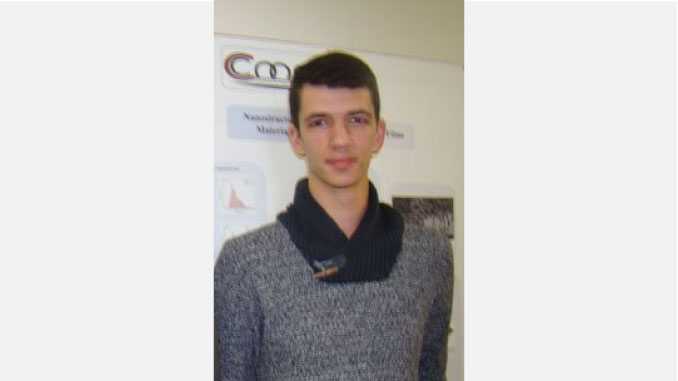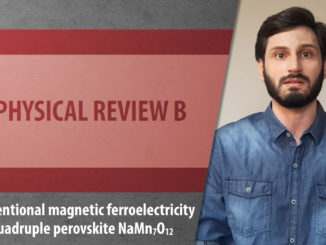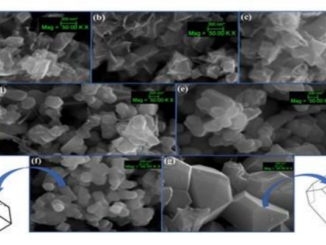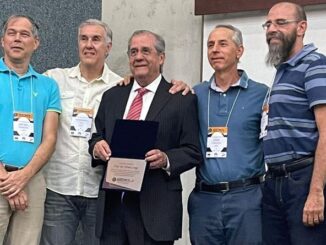
Sensors of poisonous gas such as NO2, O3 and NH3 are widely encompassed for environmental monitoring, fire detection, safety, food quality control and many others relevant areas. Nitrogen dioxide, ozone and ammonia are three of the most dangerous gases polluting the atmosphere in urban areas. The lower exposure limit (LEL) of gas pollutants in air are 0.5-1 ppm for NO2, 1-5 ppm for NH3 and 0.5 ppm for O3 as stated by the World Health Organization (WHO), air quality guidelines. However, the pollutant concentration levels are higher than the LEL in our environment. Among them, Ozone (O3) is a powerful oxidizing reagent and a very strong disinfectant whose existence in the atmosphere is very harmful for human health. Therefore, it is the need of the hour to design toxic gas sensing material with high-sensitivity, good selectivity, fast response-recovery time and excellent stability.
This seminar will be a presentation of my three month internship during which I worked on synthesis and gas sensing properties of V2O5nH2O nanostructured thin and thick films. The different analyses and resistivity tests done on the samples will be presented (working principle, aim and results). And some potentials ameliorations in the synthesis process will be purposed.
Talker: Valentin Thiers
When? 25/08/2016, Thursday, from 10 AM to 11 AM
Where? Room F202, IFSC/USP
Assessoria de Comunicação do CCMC: Amanda Murgo




